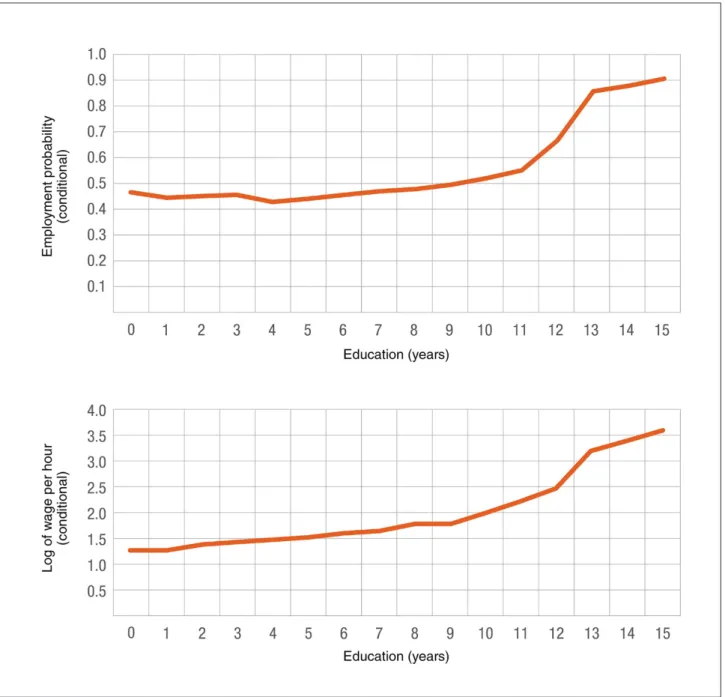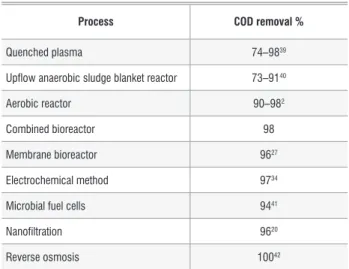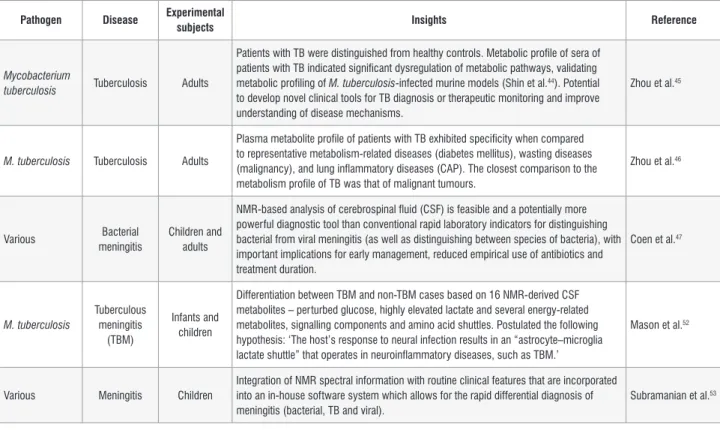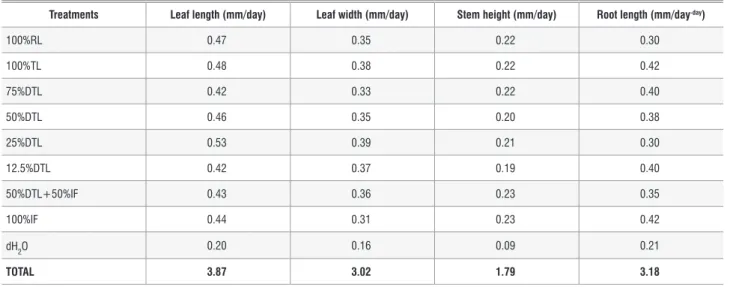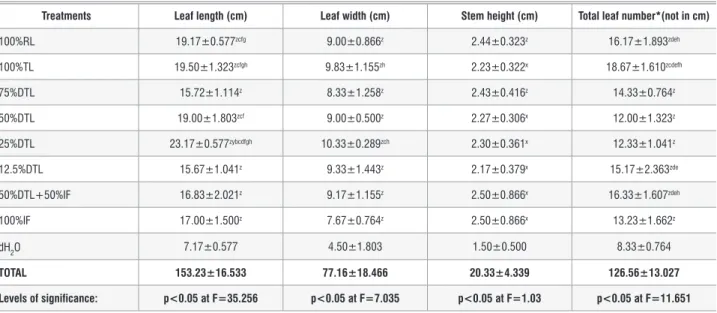It is well known that South Africa consistently has four of the five African universities that feature in the Shanghai top 500. In the rest of Africa, postgraduate systems account for less than 5% of the total higher education system.2.

The system must change
This problem is both amplified and racialized in South Africa: returns to higher education in South Africa are three times higher than in the US and, as in the US, are also racially biased. With the highest private higher education returns in the world, free higher education for all would not only be outrageous, it would also destroy the best postgraduate university system in Africa.
Acknowledgements
The first is that to maintain the best postgraduate system in Africa and allow successful entry, universities need to be differentiated into institutional types, much like California, which has the most successful higher education system in the world. The honors degree is a major stumbling block – especially for black students – because there is limited postgraduate funding for the honors qualification.22 If such a model were adopted at all universities, the South African higher education system could become a sort of college/university hybrid . university system.
The key to such a system is strong articulation – something South Africa has talked about for 20 years but done very little about. Currently, South Africa has a "have or have not" structure, meaning high returns for degrees or unemployment.
Introduction
Shaking off the shackles of history
Lamenting the lost limnologists
This appears to be the most promising way to address water deficits, which have already been reported in half of the water management areas in South Africa.7 The challenge of meeting current and future water needs, while redressing the injustices of the past, can only be achieved by developing groundwater resources alongside a more efficient management of surface water resources. Furthermore, it was suggested that candidates are not able to respond quickly enough to the ever-changing demands of the water sector.
Nurturing new water resource expertise
During a recent interview, the Minister of Water and Sanitation, Nomvula Mokonyane, stated that 'we need more bodies with the knowledge and ability..the right people in the right place with the ability to do the job'.9 Yet , despite this encouraging endorsement, the. One can only imagine that the increasing financial burden on universities in the wake of the #feesmustfall protests in the higher education sector will only weaken the capacity of universities to invest in developing resilient and adaptable graduates.
The path forward
Anthony Turton, who started working in national intelligence before turning to water-related issues. How can we encourage the spread of people with T-shaped skills in the water sector.
ISBN
Center for Research on Higher Education and Development, University of the Free State, PO Box 339, Bloemfontein 9300, South Africa. In particular, I was keen to know more about 'the South African model' of scientific collaboration, advertised at the back of the book.
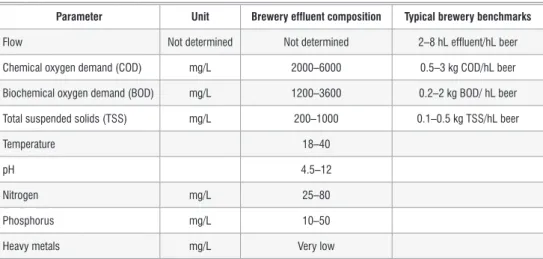
Analysis of various treatment processes
Furthermore, it is a possible means of using up large amounts of the CO2 that the brewing industry produces from the fermentation process. Furthermore, Feng et al.32 reported that the effectiveness of MFC treatment would require a good understanding of how solution chemistry and operational parameters affect the effectiveness of the treatment.
Discussion
Carbon adsorption is used in the brewing process to treat tannic acid for odor removal.8 Carbon is also used to remove color from malt for use in clear beers and other flavored malt beverages. The hypochlorous acid generated served as an oxidizing agent that destroyed organic compounds in the brewery wastewater.
Conclusions and recommendations
More studies should be undertaken to optimize the use of water in the brewing industry to reduce the amount of effluent generated during production. It supports the option of combining processes to achieve the high quality required to make effluent suitable for reuse in the brewing process.
Authors’ Contributions
In practice, the most commonly used boundaries of the 'region' are national political boundaries, and therefore the most common regional usage is 'endemic to South Africa'. In this paper we aim to explore the use and applicability of the concept of endemism as applied to the marine fauna of southern Africa.
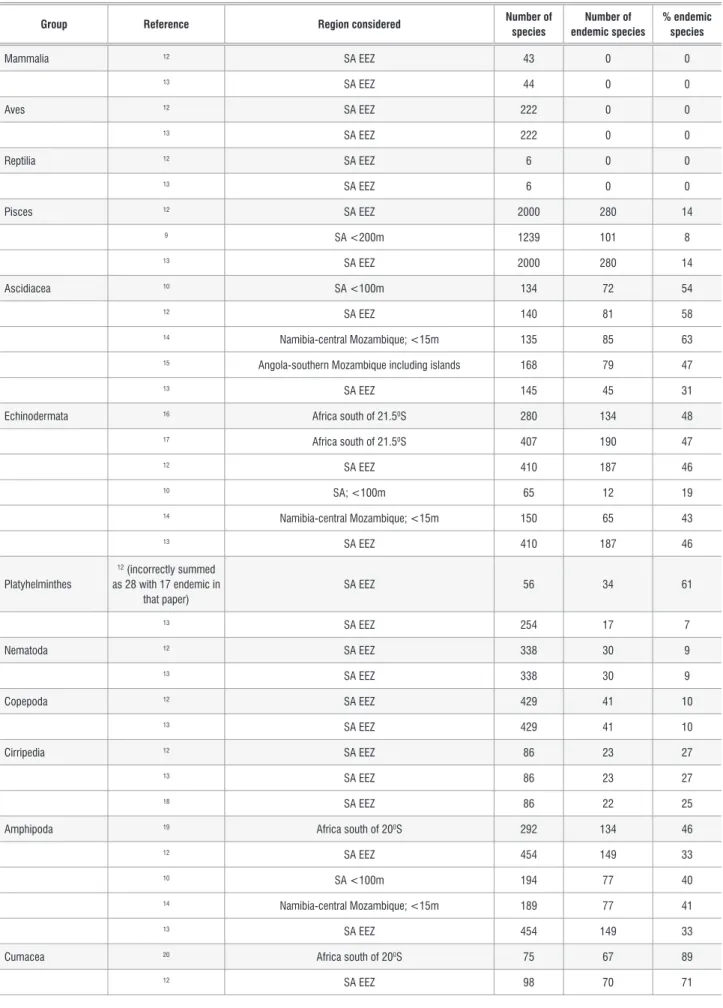
Existing measures of endemicity
For more complete taxonomic lists, see Gibbons et al.12 (Table 1) and Griffiths et al.13 (Table S1). Data from Awad et al.10 Ecoregions described by Sink et al.28 are indicated in panel (a) as SB (Southern Benguela), AG (Agulhas), N (Natal) and DG (Delagoa).
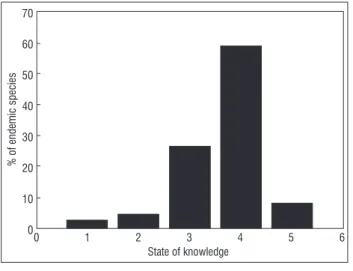
Marine endemicity rates in South Africa in the global context
Is range restriction a better measure than endemicity?
Authors' Contributions
This is demonstrated by examining the conceptual, empirical and sustainability strands of the climate governance-IQ connection. The benefits of a climate management-indigenous knowledge nexus are discussed here from conceptual significance, empirical evidence to sustainable development.
Nature of climate governance and problems of articulation
In the context of climate management, climate science should therefore be seen by local people as a common asset that helps them find practical solutions to the problems and opportunities posed by change and variability in the climate system. The paper insists that the practice of climate management at the local level may be achievable when indigenous communities, with their invaluable reservoirs of climate change knowledge, actively participate in climate regimes.
Climate governance-IK linkage: A conceptual necessity
Despite the growing global certainty about the anthropogenic forcing of climate change and the challenges it poses to humanity, as stated in the IPCC5 report, Oberthür's36 comments agree with the earlier findings of Pattberg and Strippl30 that the current political architecture is not capable of effectively addressing climate change. Here, we propose a configuration that links climate governance and IC to operationalize climate governance, with the aim of offering guidance for building resilient sustainable communities in many parts of the world facing climate events.
Climate governance-IK linkage: An empirical reality
One of the strategies mainly favored by climate change scholars and practitioners is community-based adaptation (CBA). Under this concept, the role of social networks, community connections and institutional structures can be exploited to enhance the goals of climate governance or to build community resilience against the devastating impacts of climate change.
Climate governance-IK linkage: A drive towards sustainability
Defined by Munang et al.,64 EBA 'is the use of natural capital by people to adapt to the impacts of climate change, which can also have multiple co-benefits for mitigation, protection of livelihoods and poverty alleviation.' In other words, the concept offers multiple benefits to society and the environment, as it contributes to reducing vulnerability and increasing resilience to both climate and non-climate risks. the design of policy measures and implementation, can involve local people in leveraging their IQ to ensure adequate climate resilience and emission reduction. To build resilience, farmers in the Roslagen region have begun to incorporate a range of ecosystem-based practices.
Conclusion
As the global community moves towards the post 2015 sustainable development goals (SDGs) which mark a paradigmatic shift from the millennium development goals (MDGs), there is a need to retroactively centralize discourse on the sustainability of climate interventions, as climate change is a cornerstone of the SDGs. It must be learned here that local community knowledge, skills and experiences are key in shaping sustainable climate interventions.
Authors’ contributions
Effectiveness of community-based climate change adaptation (CBA) – from a social capital and indigenous knowledge perspective. Available at: http://navsarjan.org/ids-document/indigenous-knowledge- and-climate-change-adaptation-in-the-peruvian-andes/.
Pathogenesis and severity of TBM
CSF diagnostic indicators of TBM
NMR metabolomics methodology and applications
The potential of NMR metabolomics in human infectious disease research has created unique and new insights into the underlying pathogenesis of these diseases and revealed new metabolic markers for disease diagnosis. trypanosomiasis36, schistosomiasis37, malaria38, leishmaniasis39, pneumonia40 and HIV41 and tuberculosis and tuberculosis (discussed below).
NMR metabolomics of TB and TBM
The remaining 14 metabolites of the host response to TBM were also mainly energy-related indicators. Based on observations and through inductive reasoning56 on the characteristics of the cell-cell interactions and factor isoforms, we advanced the following hypothesis: 'The host response to neural infection results in an "astrocyte-microglia lactate shuttle (AMLS) acting in neuroinflammatory diseases, such as TBM', shown as a conceptual model detailed in the supplementary material of Mason et al.52.
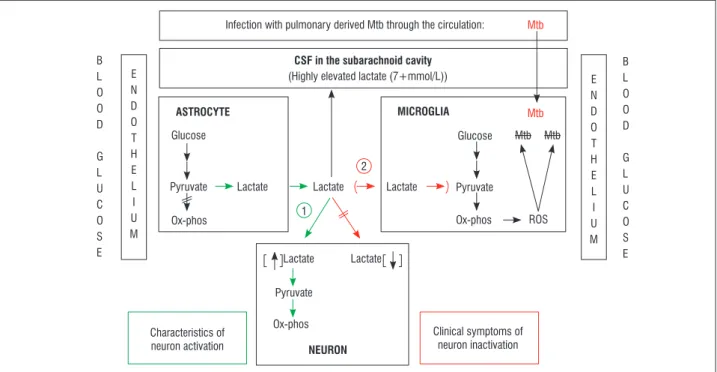
Directives for hypothesis verification
Furthermore, the international market trend of NMR instrument miniaturization is well established and opens up new areas of study in academic and industrial settings with clear potential and appeal for future clinical practice.59. The metabolites present in the cerebrospinal fluid represent the actual metabolism of the CNS and the balance between the blood and the cerebrospinal fluid, which makes the analysis of the cerebrospinal fluid indispensable in the evaluation of neurological disorders.
Perspective
British Infection Society guidelines for the diagnosis of tuberculosis of the central nervous system in adults and children. Proton MR CSF analysis and a new software as predictors of the differentiation of meningitis in children.
Historical developments of lunar laser ranging
The Lunar Laser Range (LLR) azimuth mount is pictured at lower left; the tube and other components were removed for upgrade and maintenance.

Basic principles of lunar laser ranging
Timing systems and current progress on the new LLR station
Factors contributing to range bias
Note that the delay is different for radio and optical wavelengths, but the pattern is the same (ie, the delay increases with decreasing elevation angle). In particular, the accuracy of the measurements depends on the accuracy of the reference timing systems.
Lunar laser ranging contributions to science and society
We briefly discussed the LLR technique and timing systems in light of the new LLR station at HartRAO. Lunar laser distance test of the Nordtvedt parameter and a possible variation in the gravitational constant.
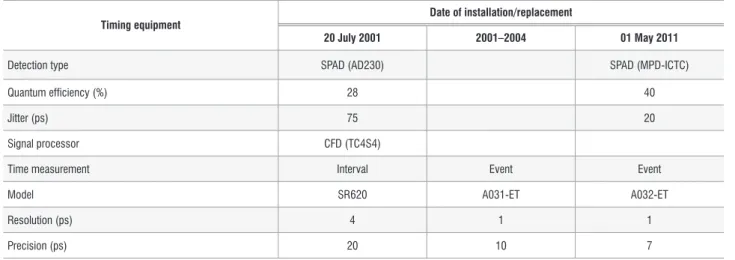
Data acquisition, reduction and analysis
We present a software application for the calibration of stellar magnitudes in the absence of standard stars. The software has been tested on infrared observations of a number of Be/X-ray binary systems in the Small Magellanic Cloud (SMC).
The AutoCal software application
After completing the calibration, the size and uncertainty in size for the target is determined. It automatically updates the WLS fit, displays the new best-fit line on the data comparing the fit, and recalculates the target's apparent size.
Results
The uncertainty now matches the previously published results exactly and the magnitude is also closer to theirs. In addition, some of the IRSF data used in this study were previously analyzed and presented by Townsend13 and Townsend et al.213,22 as mentioned earlier in the paper.

SXP0.72
For example, Rajoelimanana et al.14 presented the long-term I-band variability of 38 Be/X-ray binaries in the SMC, some of which span the period covered by the observations presented here. Our results for each source are discussed individually below, and brought into the context of the existing literature.
SXP2.37
A possible explanation for the differences became apparent when we repeated our calibration for the J band without performing outlier removal, the results of which can be seen in the left half of Figure 2. A plausible explanation for our smaller uncertainties is our use of a weighted least squares fit that assigns smaller weights to most of the fainter stars on the frames, coupled with the interactive removal of outliers based on the appearance of the WLS plot.
SXP2.76
Townsend13 and Townsend et al.21,22 published calibrated magnitudes for the same observations of SXP11.5 on 30 December 2009 that we present here. Furthermore, the magnitudes calculated in this study are compared with those of the 2 Micron All Sky Survey (2MASS).23 The times at which the observations were carried out are.
SXP7.92
SXP11.5
SXP18.3
Menser et al.23 explained that irrigation with leachate can lead to yield reduction, leaf damage, premature senescence and poor plant survival. Mapanda et al.26 reported that more than 100 ha of land under horticulture production in Harare utilize wastewater for irrigation of crops such as maize (Zea mays) and leafy vegetables (Brassica spp.).
Materials and method
For each treatment, 200 mL of leachate was applied by dripping twice a day (before 8:00 a.m. and after 5:00 p.m.) until the plants expanded. After drying, the weight of the plant and soil samples was recorded to the nearest gram.

Results and discussion
Large amounts of K, Ca, Mg, Na, Al and Fe accumulated in the edible parts of B.rapa L. Uptake of heavy metals by vegetable plants grown on contaminated soil and their bioavailability in the human gastrointestinal tract.
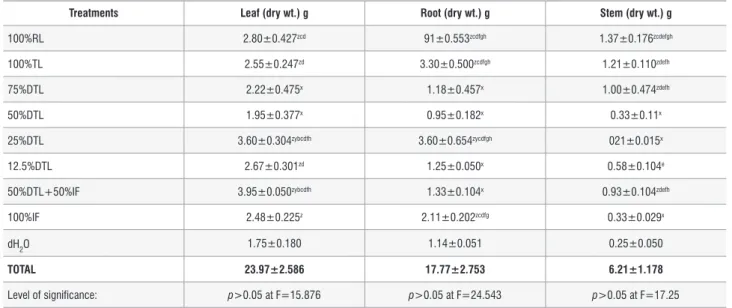
Introduction and background
The objective was to analyze the evolving landscape of wheat plant breeders' rights to address the lack of empirical evidence of patterns and trends of wheat variety improvements in South Africa. We compiled a detailed and new database of counts and attributes of wheat variety innovations in South Africa from 1979 to 2013 using various sources.
International experiences in plant variety protection
What are the implications of these developments for diversity and competitiveness in the South African wheat breeding industry. What measures can be taken by the South African government to limit or reverse the potential negative impacts of these trends in light of the relevant policy objectives.
Plant variety protection in South Africa
Research methods and data
The rest of the applications for wheat variety innovation PBRs (89%) were submitted after the ARC SGI was established, from 1992 to 2013. The majority of applications for wheat variety improvements were submitted by private companies (Figure 4a), the two main actors are Sensako and Pannar (Figure 4b).

Results and Discussion
"The case of Ebola virus infection"24 and "Ebola virus: comparison, at the ultrastructural level, of the behavior of the Sudan and Zaire strains in monkeys").25. Crystal structure of the Ebola virus membrane fusion subunit, GP2, from the envelope glycoprotein ectodomain.
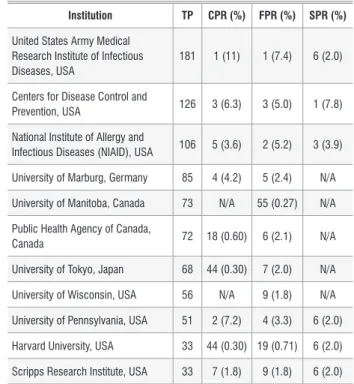
Conclusions
Various palaeoclimate studies in the South African winter rainfall region20-23 have also contributed to the understanding of long-term climate change in Namaqualand. Multiple datasets were used to explore the full range of climate signals and provide a full characterization of the confidence in the observed changes.
Study Area
Precipitation variability and changes in southern Africa during the 20th century in the global warming context. Phenology of the vegetation in the Hester Malan Nature Reserve in the Namaqualand Broken Veld: 2.
Material and Methods
Supernatants from stimulated monocytes treated with lower doses were used for evaluation of nitrite radicals as a measure of radical scavenging potential of uMakhonya®. In the DPPH assay, uMakhonya® showed a dose-dependent increase in radical scavenging activity, with the highest dose (100 μg/ml) showing the greatest potential (Figure 4b).
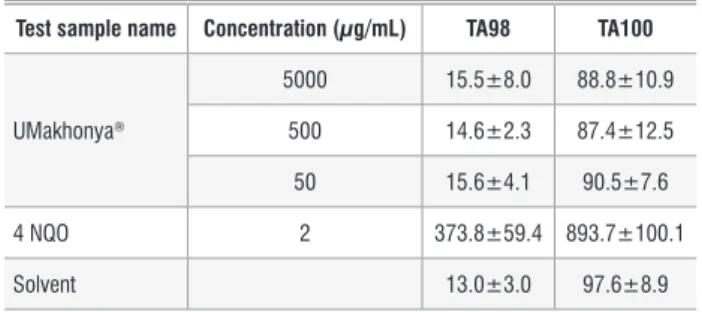
Study site
An open access deterrence model was developed for South African abalone, using the Table Mountain National Park as a case study. The model is an open access deterrence model and was developed using system dynamics modeling.
The model
In a seminal article by Nobel laureate Gary Becker, it is argued that the supply of offenses is a function of the probability of conviction per offence, and also the punishment per offence.7 The model has many applications in the economic literature. Enforcement costs are therefore an increasing function of the probability of detection prior to a poaching event (b).

Implications for rhino conservation
In the case of rhinos and tusks, legalized trade must be accompanied by a secondary policy to achieve sustainability of the resource. A participatory resource assessment of the South African abalone and its impact on projected population trajectories.
Material and methods
Most of the accessions belonged to the families Solanaceae (37 accessions) and Cucurbitaceae (36 accessions), as they were the focus of the project. The collected materials are strongly adapted to the specific agro-climatic conditions of the collection areas.
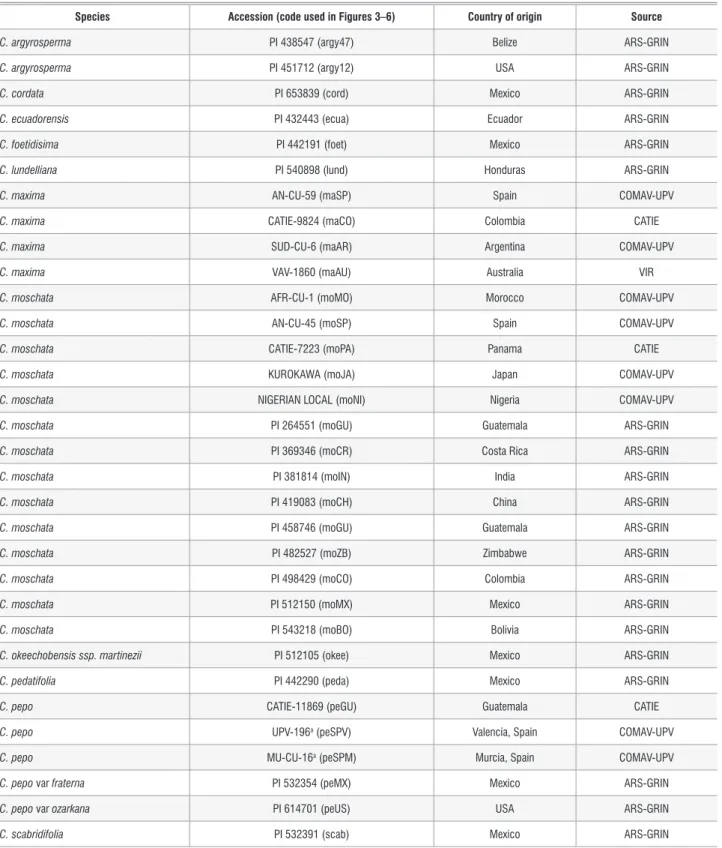
Findings and discussion
Conclusion and recommendations
Pliocene bovine dental microwear texture analysis from four early hominin fossil sites in East Africa: implications for paleoenvironmental dynamics and human evolution [PhD dissertation]. Dental microwear texture analysis of Varswater bovids and early Pliocene paleoenvironments from Langebaanweg, Western Cape Province, South Africa.

